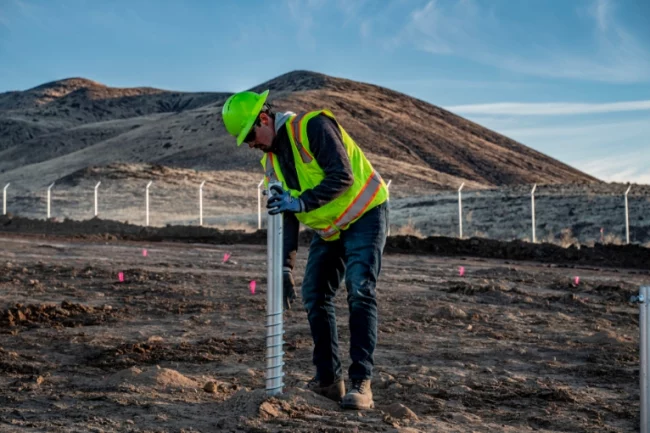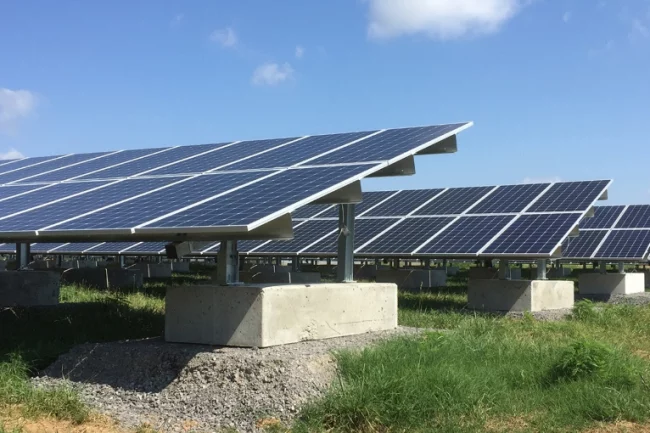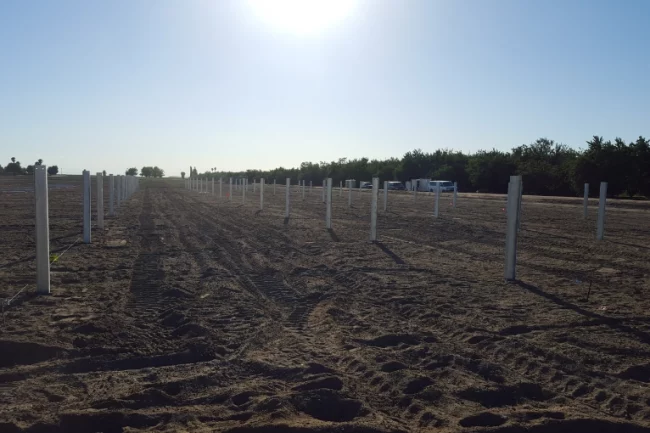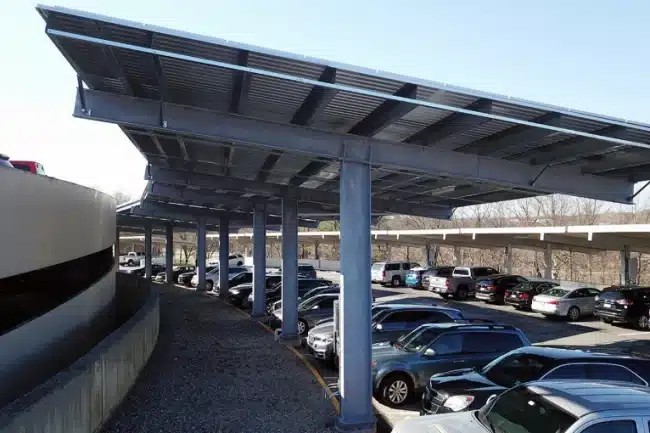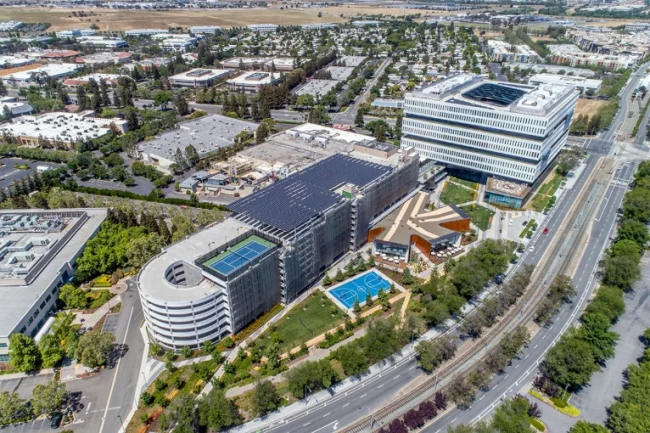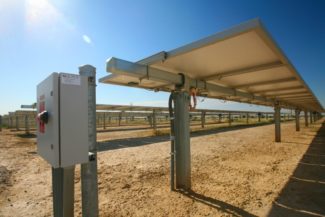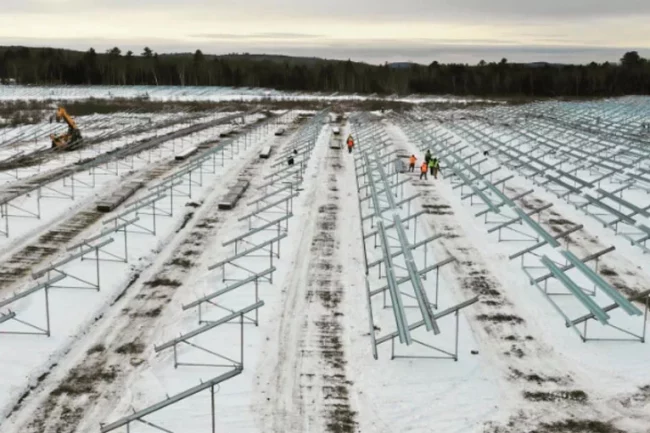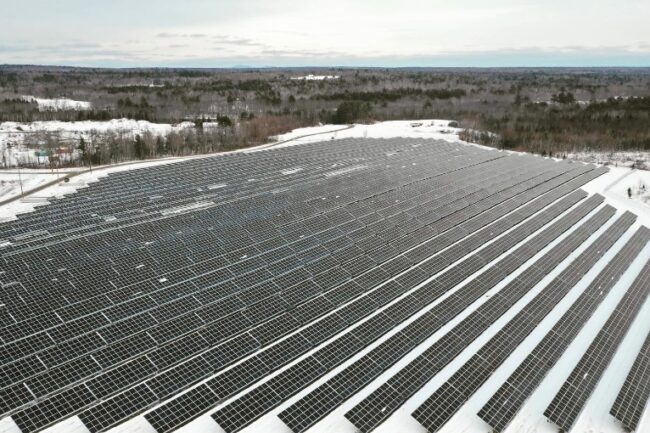By Richard Van Fleet – Director of Project Operations at Terrasmart
We joke at Terrasmart that “we know dirt.” But the truth is that we take great pride in this motto.
There’s no more familiar dirt to us than the land in the Northeastern U.S. With more than a decade of experience designing and building utility-scale PV systems in the region, we have learned the hard-knock lessons of solar construction in rugged northern terrains: heavy snow loads, whipping winds, undulating slopes, boulders, rocks, and ledge. We’ve optimized our portfolio and streamlined our construction processes to contend with it all.
With two-thirds of our builds in the Northeast, we’ve had to evolve our ground-mount portfolio to address the region’s unique demands. Since 2020 alone, we’ve self-performed more than 1 GW of solar projects — mobilizing 180 team members while building a robust database of land and soil profiles, creating exacting testing procedures, and developing proprietary machinery. We have worked continuously over the past 12 years to optimize our portfolio of rock-solid foundations, durable racking, and smart technology to help EPCs and developers reduce risk and maximize returns.
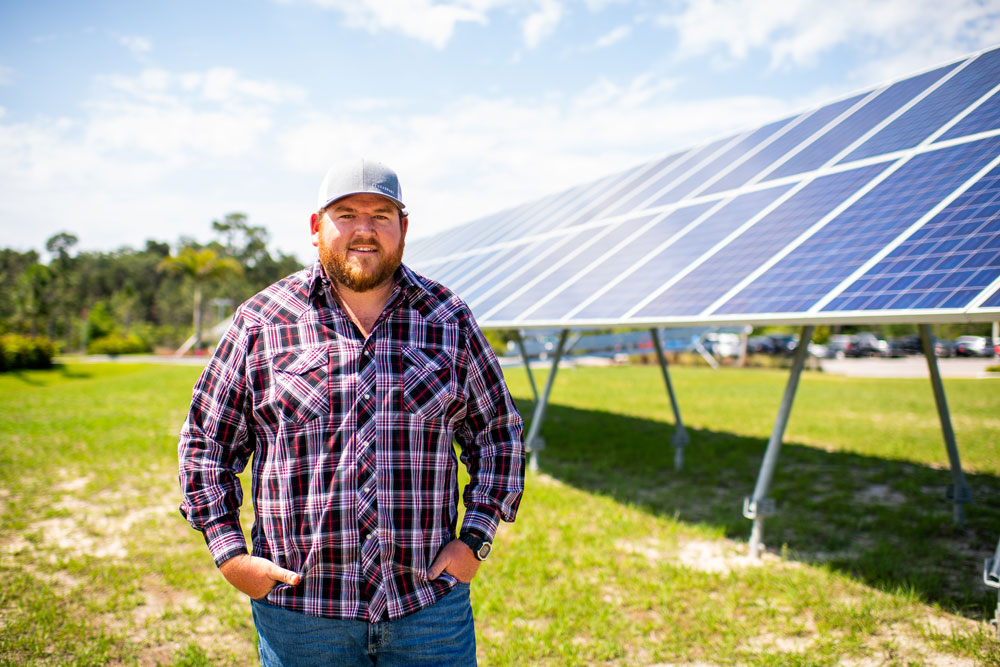
Building reliability in unreliable terrain
Terrasmart is known in the industry for turning challenging lands into valuable assets. Our iconic ground screws and steep-slope racking structures have set the bar high for achieving reliable results in unreliable conditions.
What sets us apart today is our recent company expansion into more traditional systems like driven-pile foundations and racking systems that are suitable for flat, soft sites.
We also have the ability to book-end our projects with optimization software — up front, allowing us to dial in component selection and system feasibility — and at the tail end to finish the project with a complete wire and eBOS solution. This allows our entire team, from system designers to electrical engineers, to deliver the smartest, most integrated approach for each unique site.
Every client wants to be able to go to one racking vendor and get everything they need. And because of our broad portfolio of foundations, racking, eBOS, and software options, we can fill that bill. Across the various stages of a project’s life cycle, we offer technology-agnostic options that advise our customers on the best approach. So whatever anyone brings to us, regardless of subsurface conditions, we have a solution to meet your needs.
Hard-won data informs risk reduction
As with all construction, managing budget and schedule risks is the crux of PV projects. These risks can be categorized into two types: project installation risk and long-term system performance. Ground conditions impact both.
Subsurface conditions drive foundation selection. During my 11 years at Terrasmart, I have witnessed the company’s robust data collection using a wide variety of testing across the entire region. This extensive regional mapping gives us insights that let us guide our clients toward the best, lowest-risk solutions. We’ve compiled data on sites across the Northeast using diverse tests, including:
- Pull test and geotech reports — Soil samples determine the right foundation for each site; resistivity testing calculates corrosion rates to inform metal coating decisions
- Compression testing — Used to assess foundation and racking parameters in heavy snow loads
- Pull-out/tension testing — Dictates the foundation’s anchorage capacity, which is critical for preventing frost heave
- Lateral load testing — Determines lateral capacity requirements in high-wind environments
- Refusal testing — Driving multiple foundations to refusal in the site’s worst sections gives a better understanding than a geotech report that tests only three or four spots
Our Director of Construction Management Randy Smith expands on best practices to mitigate harsh northern conditions. Download our FAQ “All you need to know about solar installation on challenging sites” for more insights on construction in the Northeast.
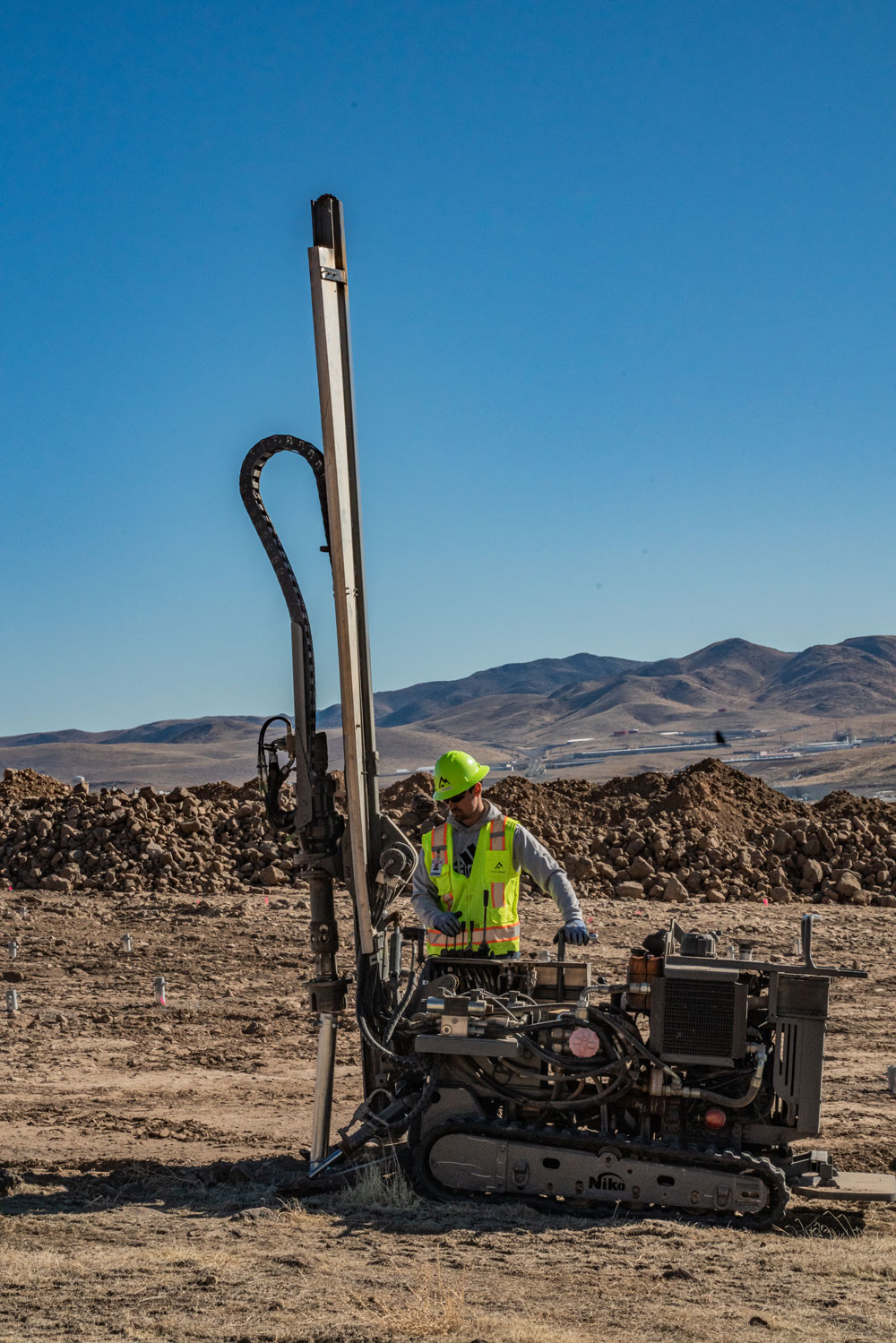
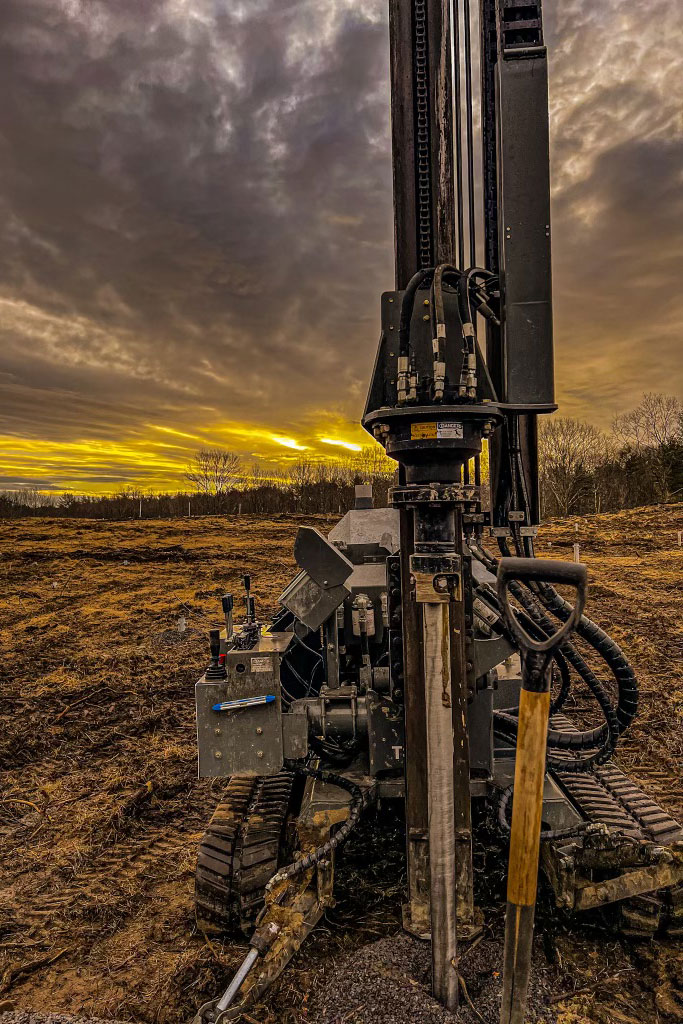
Finding the balance in foundations despite precarious conditions
Our compilation of more than 15,000 key data points across the Northeast allows us to provide expert advice on the right amount of compression, tension, and lateral loads that a foundation can handle depending on type and embedment depth.
To get to the right cost/benefit balance between pile foundations versus ground screws, you need to assess material cost, installation tile, refusal risk and other long-term conditions like frost heave that can impact reliability. For a deep dive on subterranean factors, see our engineering team’s whitepaper “Solid Foundation Strategies for Mitigating Frost Heave in the Northeast.”
Depending on the project, a mix of screws and piles may be the best solution. Piles can be used in softer soil, while ground screws can be implemented on the site’s more rugged sections that have a higher risk of refusal. Conducting additional testing beyond a pull test and geotech report may help you find the most cost-effective solution.
Few racking companies offer the depth of knowledge and diverse foundation experience we offer to support the best financial outcome for your project. At Terrasmart, we can even pre-drill all foundations, including driven piles, to eliminate all refusal risk, ensuring projects stay on track.
The benefits compound with uber-adaptable fixed racks and single-axis trackers that provide industry-leading slope tolerances — up to 30% for fixed and 20% for trackers — for quick and efficient installations. This lowers costs and ensures on-time delivery, allowingEPCs to bank on reliable execution despite challenging terrain and weather conditions.
Terrasmart’s people are our most valuable asset
Our most important asset is our people. As head of construction, I get a front-row view of installation crews’ dedication. While others subcontract work out to third parties, our 260-member team self-performs all of the project’s mechanical aspects to provide unbeatable cost, schedule, and risk management outcomes. And because these dedicated people are our dedicated people, they work diligently and collaboratively to meet Terrasmart’s exacting standards.
We do our own training at our Northeast operational facility, where each new crew member goes through rigorous instruction on all of our racks before they go out in the field for an installation. From direct hires to temp agencies, everyone receives thorough safety and equipment training.
A key benefit to not using subcontractors has been development of a direct feedback loop from the field to product and technology design. We are out there troubleshooting and solving installation issues, which lets us relay new ideas quickly to our product teams. It’s efficient teaming for even more efficient racking — a feature that’s unique to Terrasmart and results in faster development cycles and product enhancements.
Bringing it all together
Finally, with Terrasmart’s SIFT system optimization software, our project management teams have access to advanced and fast feasibility analysis that helps them dial in the best layout, module and racking component selection, and other criteria to boost the system’s overall returns. Adding SIFT to our eBOS and wiring products gets you an integrated, end-to-end experience that we believe makes a real difference for our customers.

